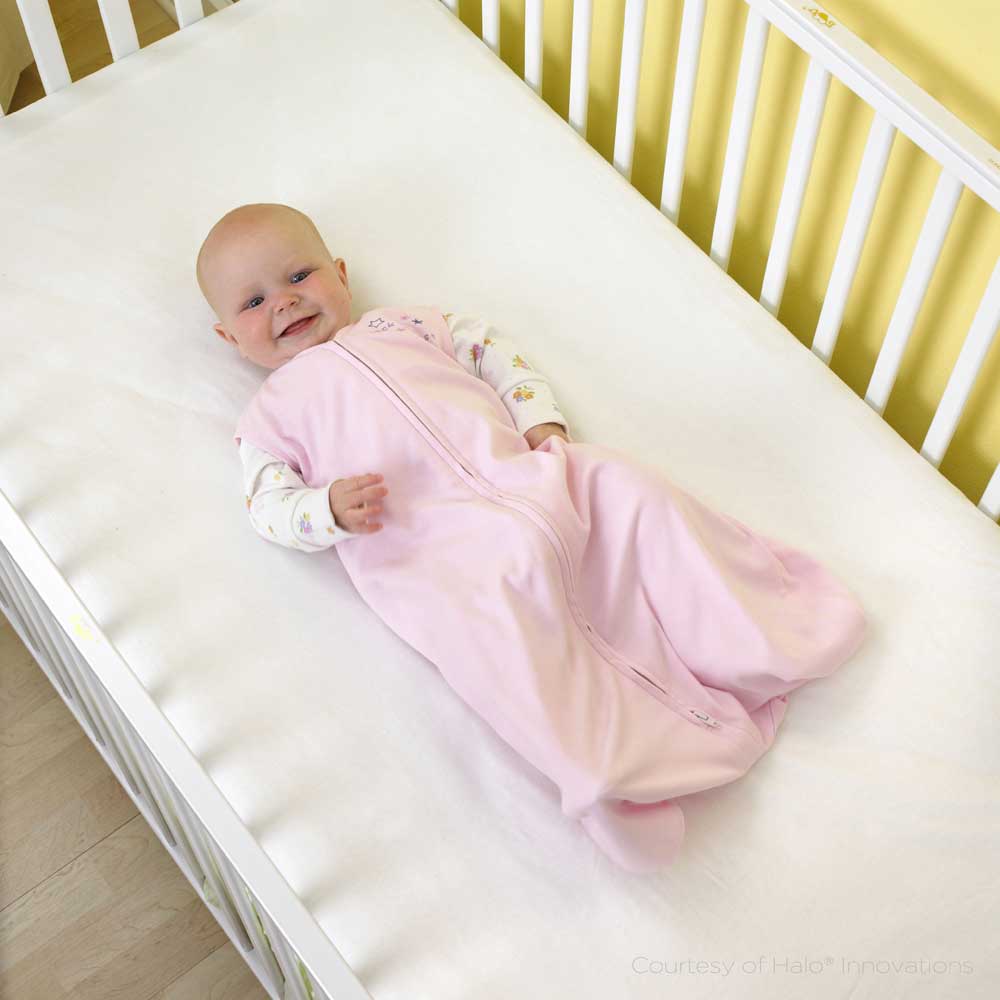
Today, Kids In Danger (KID) released an analysis of data from the US Consumer Product Safety Commission (CPSC) that shows that high-powered magnets continue to be a safety risk to children. From toddlers to teens, children who swallow two or more magnets are at risk of developing serious injuries such as small holes in the stomach and intestines, intestinal blockage, blood poisoning, and even death. Removing magnets surgically often requires the repair of the child’s damaged stomach and intestines. In the past, emergency room physicians have likened the internal damage caused by magnets to that of a bullet wound.
KID and other child safety groups first became aware of the hazards of ingestion of powerful small magnets in 2005. That Thanksgiving, twenty-one month old Kenny died after swallowing loose magnets that fell out of a Magnetix toy. The incident sparked investigations that showed dozens of incidents and injuries from magnets from toys such as Magnetix and Polly Pocket. The toy standard was amended to prohibit small hazardous magnets and magnetic components in toys.
But Nanodots and Buckyballs and toys like them continue to be sold as adult desk toys for those over 14. “Data from CPSC shows that children continue to be injured by these BB-style magnets sold as desk toys,” stated Nancy Cowles, Executive Director of Kids In Danger. “We believe their own data shows CPSC needs to take additional actions to protect children from this hazard.”
KID analyzed reports of incidents from CPSC, including reports on SaferProducts.gov. Since January 2010, at least 62 reports have been made of incidents involving magnets. Forty percent of the children in these incidents required surgery and another 20% received other medical care. In incidents involving the BB-style magnets, 45% needed surgery and another 21% needed other medical care.
Findings include:
- The average age of those involved in incidents with all magnet products is six with a median injury age of three. Looking at the BB-style magnets, the average age is 7 but the median is 10.
- Using the magnets to mimic facial piercings appears to be a typical use pattern leading to ingestion or inhalation of the dangerous magnets.
- Forty-five percent of the incidents involving the BB-style magnets required surgery including removing the magnets, repairing perforations and removing portions of damaged intestines.
KID recommends:
- CPSC should examine the data more closely and determine if use and play value prove that these products are incorrectly age graded for teens and adults.
- Purchasers should be warned at the point of purchase of the dangers of allowing children to play with the product and the real risk, even to teens, when the product is inhaled or ingested.
- The risk of using the magnets to mimic piercings should be identified on the packaging with graphic descriptions of the potential injuries.
- The need for immediate medical attention when magnets are swallowed or inhaled must be better communicated to the public.


